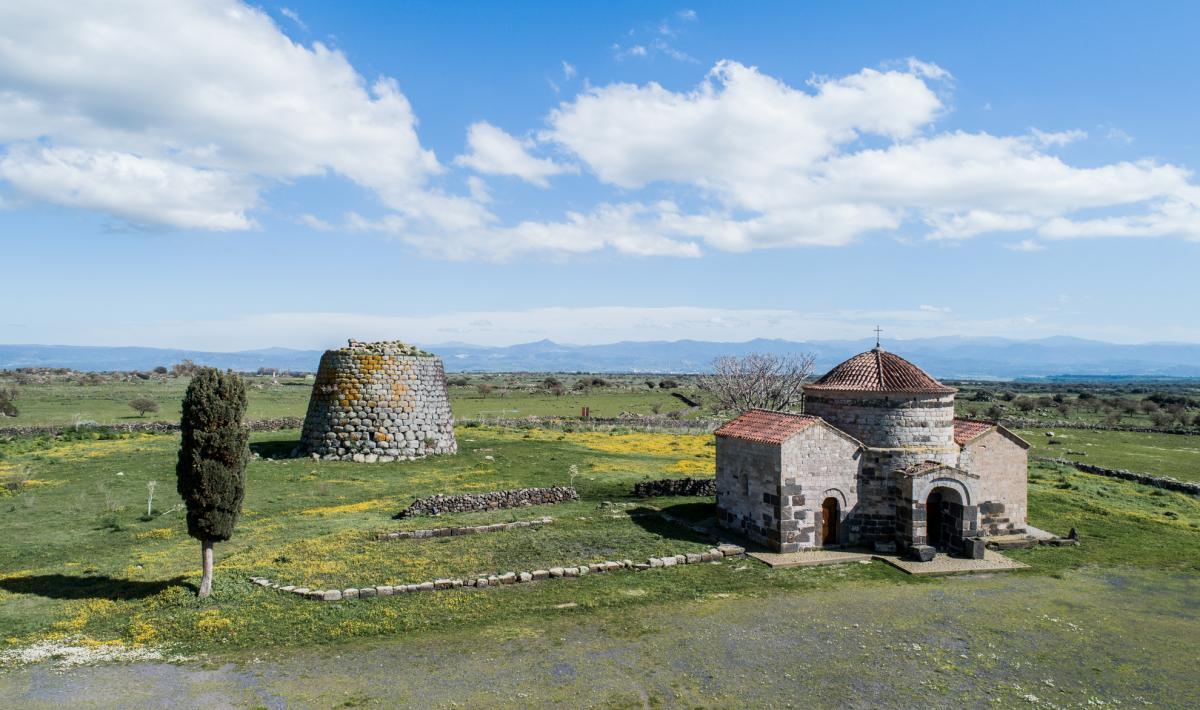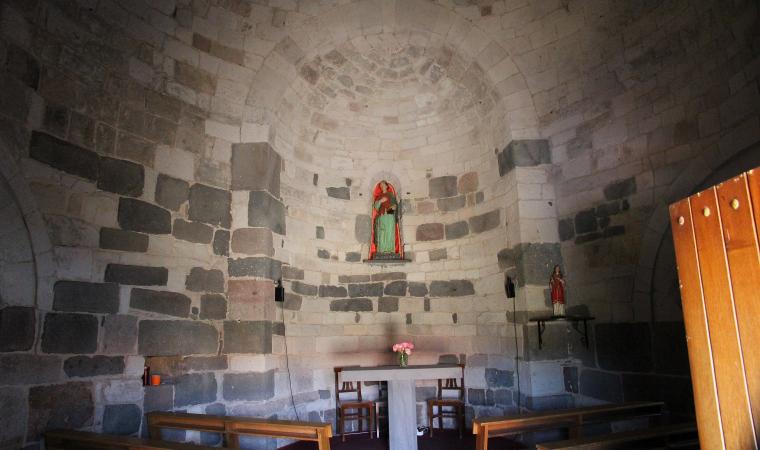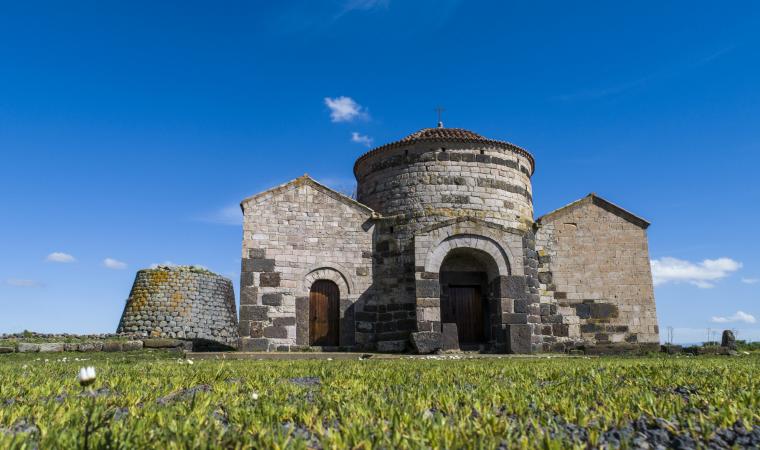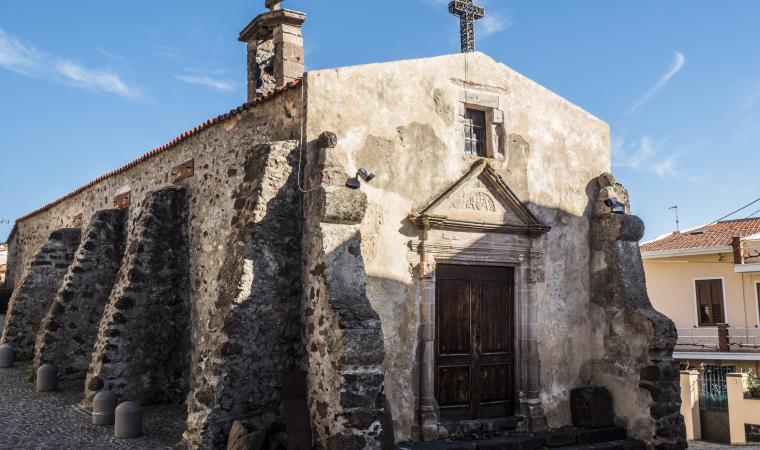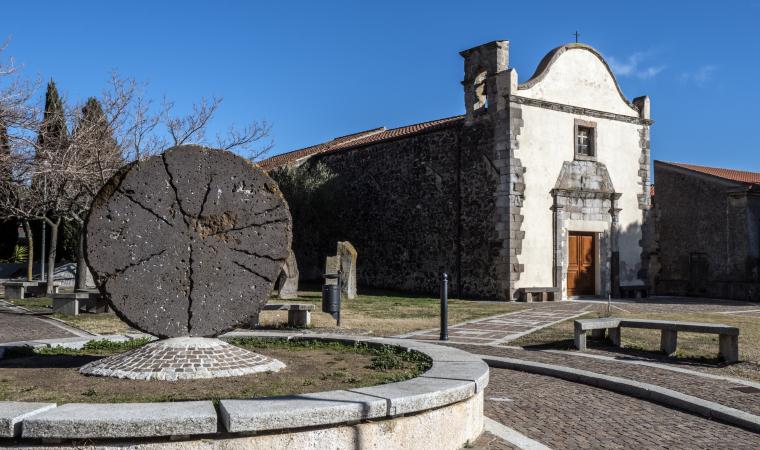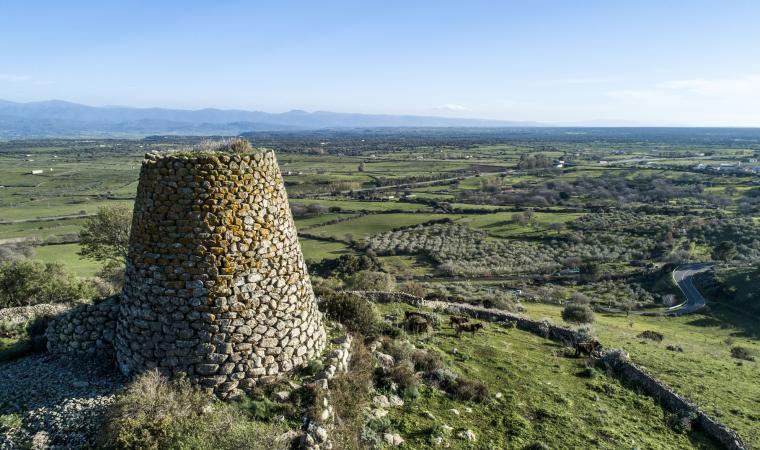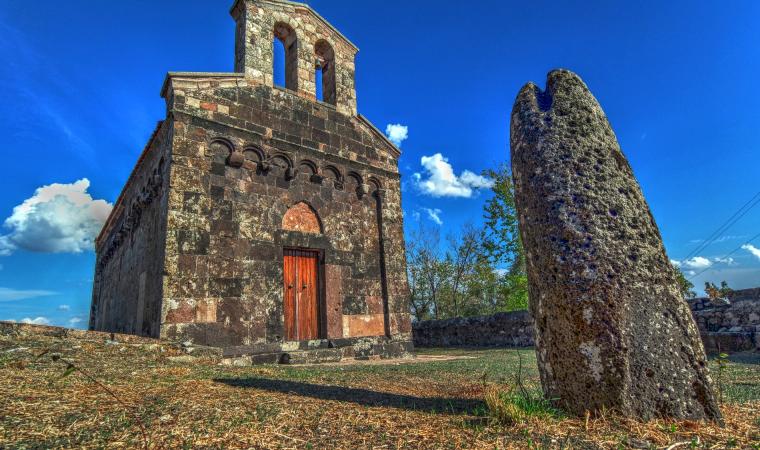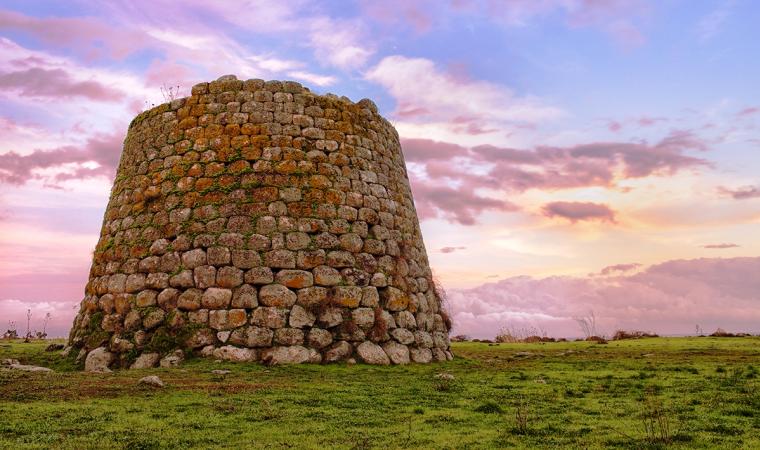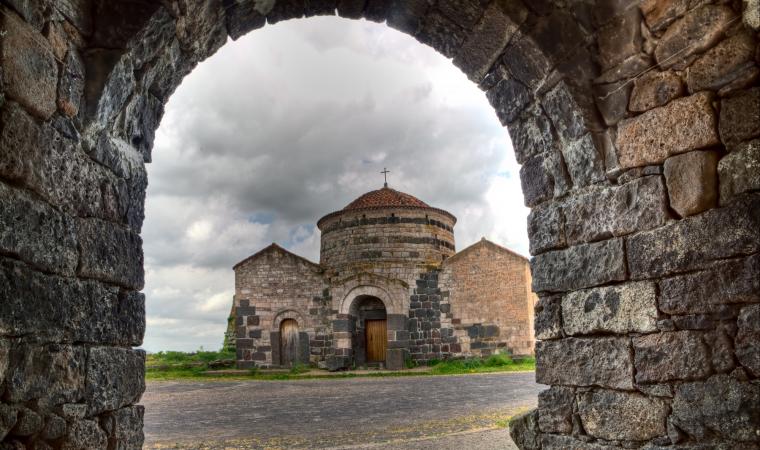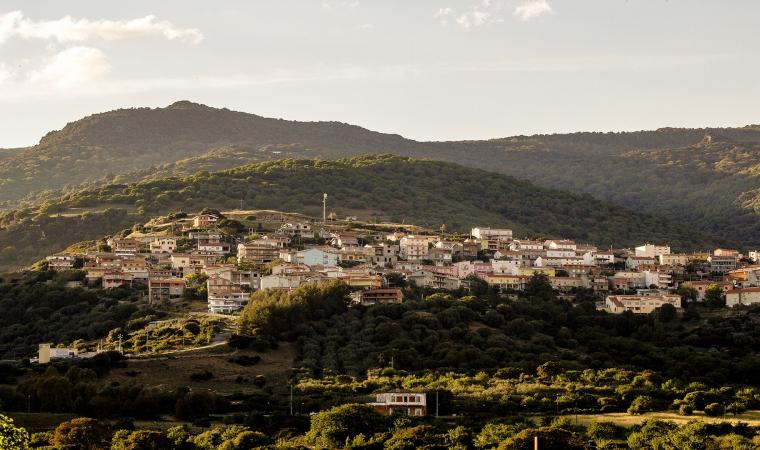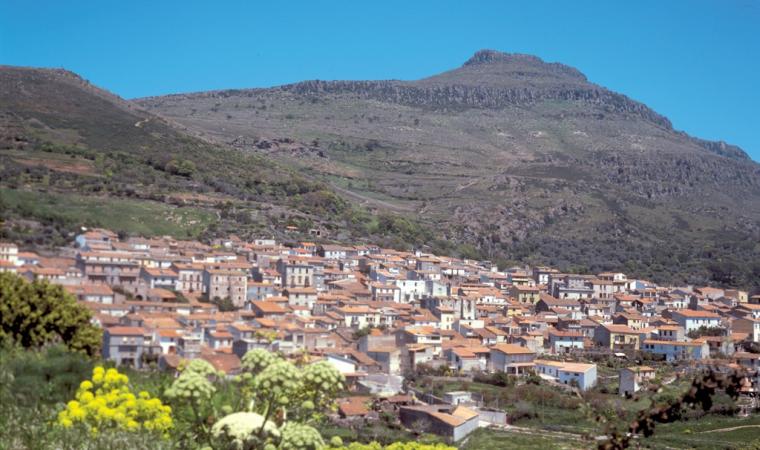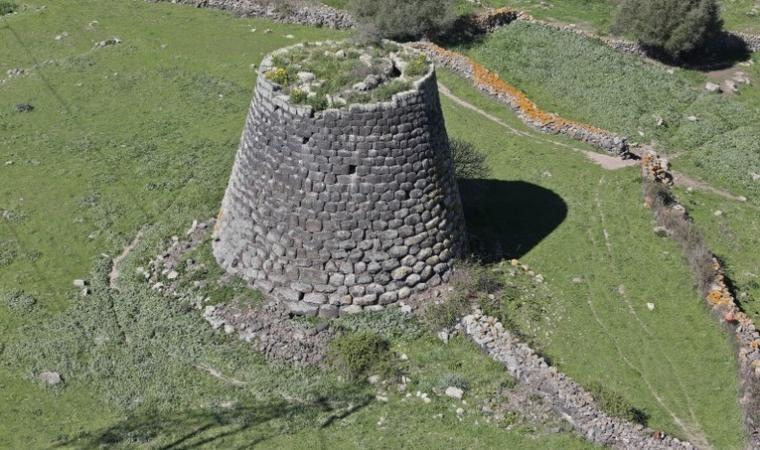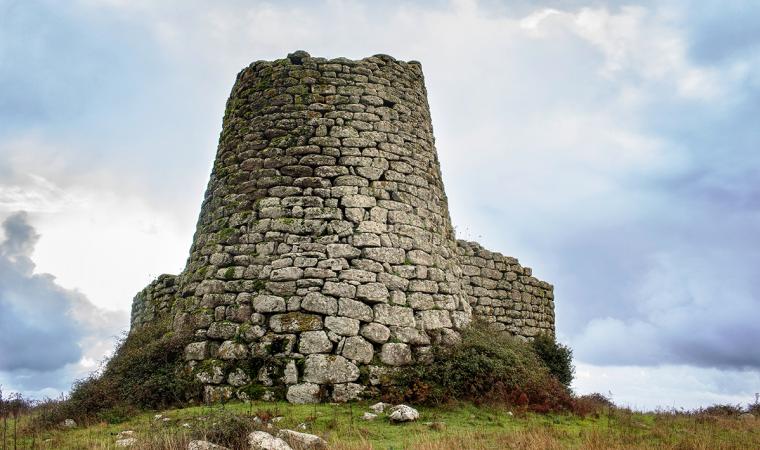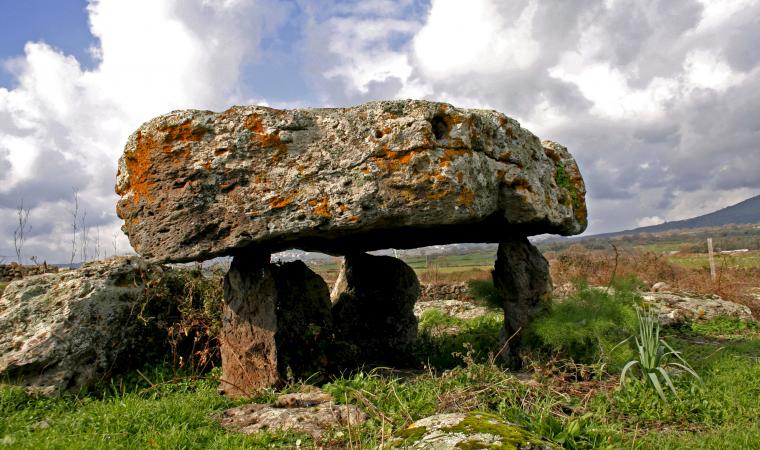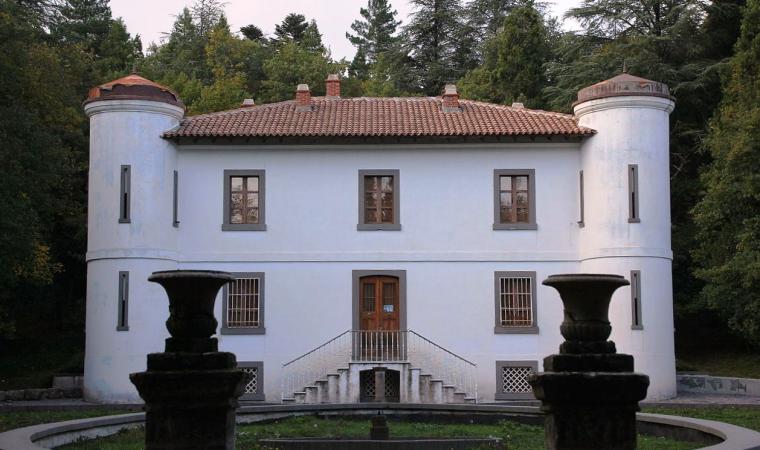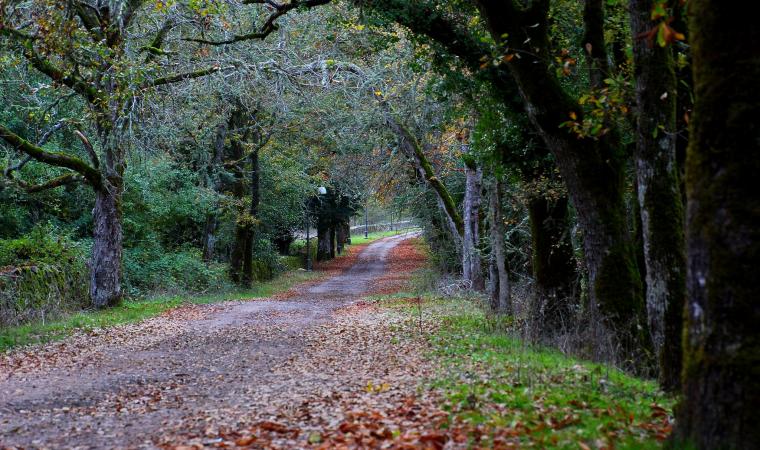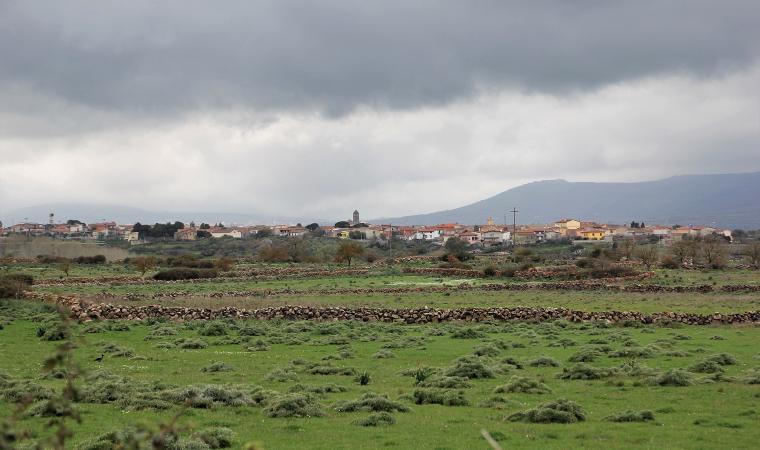The town is perched at almost 500 metres above sea level in the middle of the Marghine mountain range, a fertile region blessed with fields of grain, olive groves and orchards. Some 2,000 people live there and it boasts the world record for longevity – there were seven inhabitants aged over 100 at the turn of this century! Silanus is a member of Italy’s Most Authentic Towns thanks to the nature, traditions and historical monuments. The economy is based on farming and herding, on the lovely rugs they make and on it baked goods, which you can try during the bread and traditional baked goods fair that takes place in May and June. They also make a wide assortment of cheeses: pecorino, ricotta and casizzolu. In the first half of May they hold the su ischidu festival in celebration of the traditional recipes and to award prizes to the best dairy product. The event is held at the Santa Sabina complex, which includes a single tower nuraghe encircled by a village (1600-1000 BC), the Pedra Pinta Giant Tomb, a sacred well with a domed cover and the church of Santa Sabina, built in the XI century over the remains of an earlier Byzantine building that is still today a destination for pilgrims.

